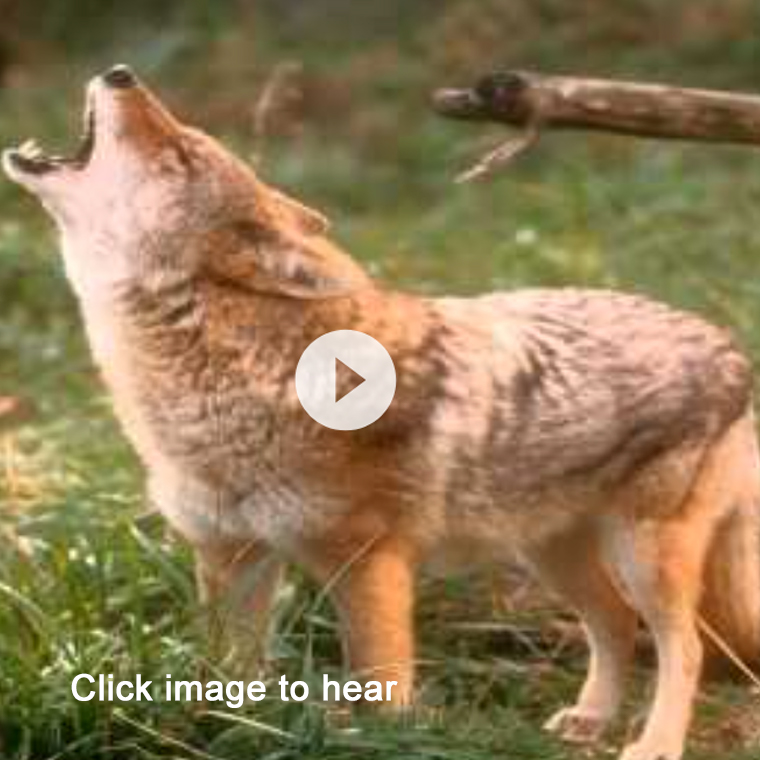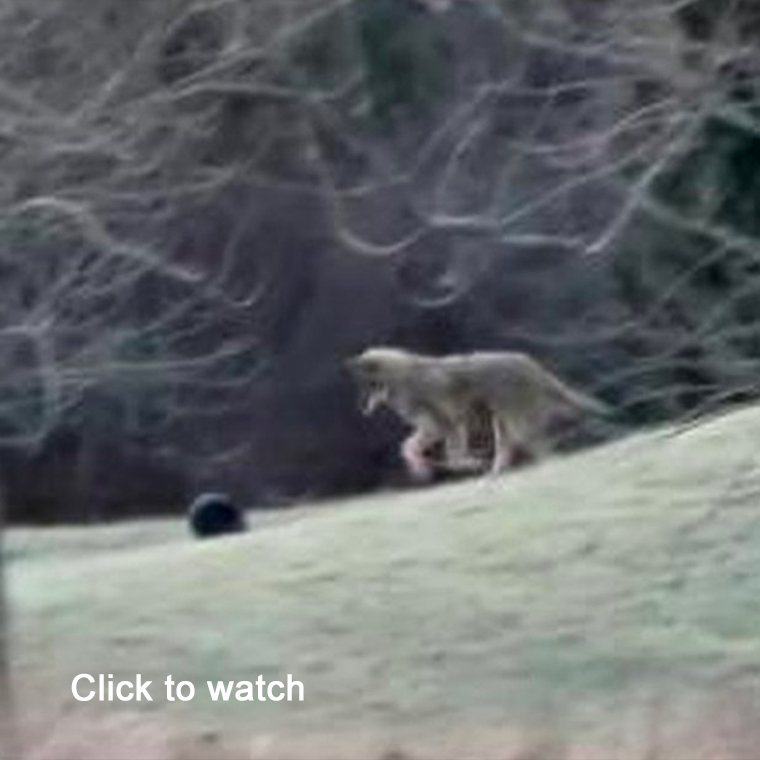About Coyotes
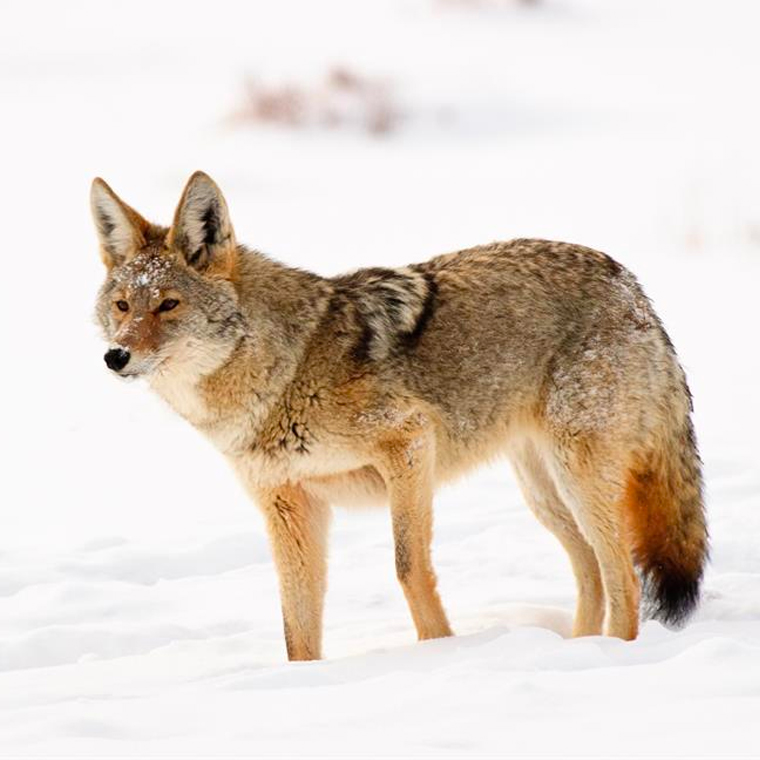
1. The prospering dog.
The common coyote, Canis Latrans, is among the most successful large mammals when it comes to coping with human expansion. Rather than diminishing in population as have so many other species, there are now more coyotes than ever before and their range is expanding. Where once the coyote was a denizen of the desert and open prairie, the animals have spread northward in Canada to previously unpopulated areas such as Newfoundland (since 1985) and as far north as Flin Flon in Manitoba.
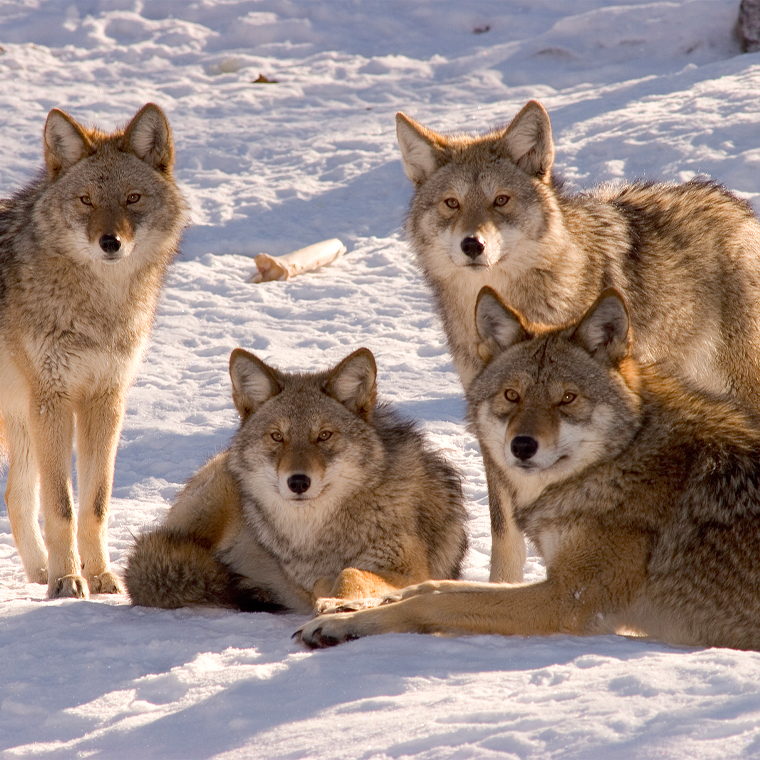
2. Go it alone, go it in groups.
Once known as solitary animals for most of the year, coyotes get together to form packs of three or four in fall to hunt. Pairs come back together to mate in March and to raise the young over the summer. Now where small animal prey may have waned, especially around cities and towns, coyotes are more frequently seen hunting in groups all year round, to go after larger animals such as deer. They are frequently seen in packs of three.
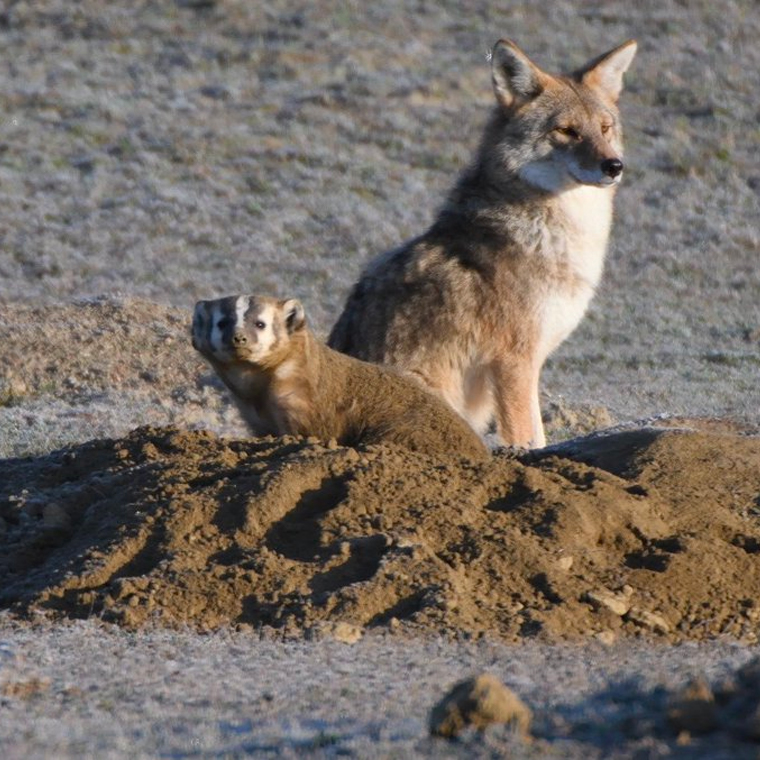
3. Badger, badger, my buddy.
In spite of lone coyote behaviour for most of the year, coyotes are intrinsically social animals. They occasionally team up with badgers to hunt small animals such as rabbits and ground squirrels. The coyote can run up to 40 miles per hour (60 kmh). The badger can dig faster than a human can shovel. The coyote and badger have each other’s backs at the old prairie dog hole!
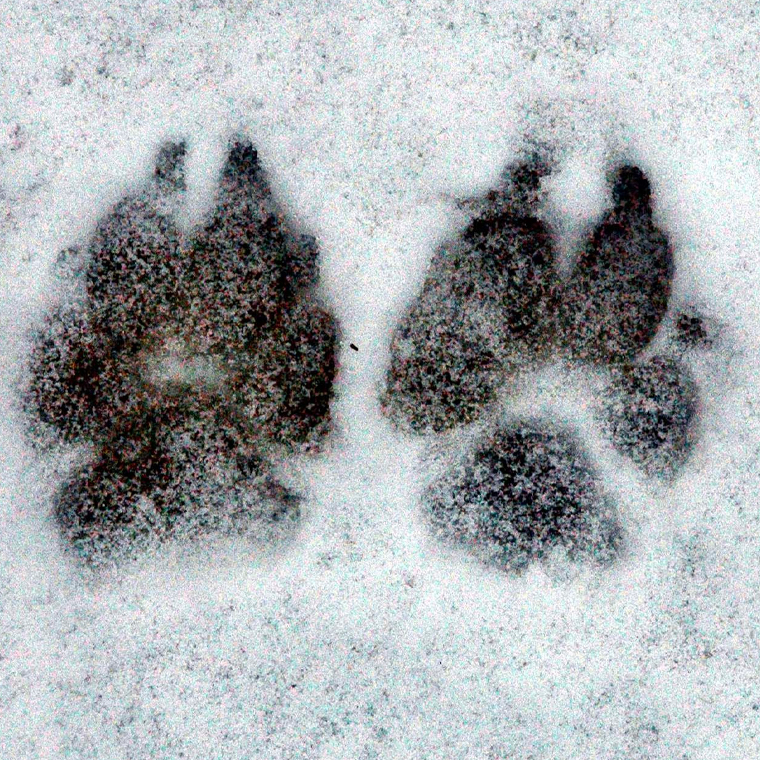
4. Walk like a dog – almost.
With the influx of coyotes into cities, you might have seen coyote footprints in the snow and thought they were made by the neighbour’s dog. The footprints are similar, but look at the front toes. If the print is that of a dog, the claws of the two centre toes will point outward or perhaps straight ahead. The claws of the coyote’s toes point inward toward each other. The middle pad of a coyote has a centre lobe. The dog’s middle pad is shaped more like a triangle with no lobe at the bottom. (Cat feet don’t leave claw prints.)
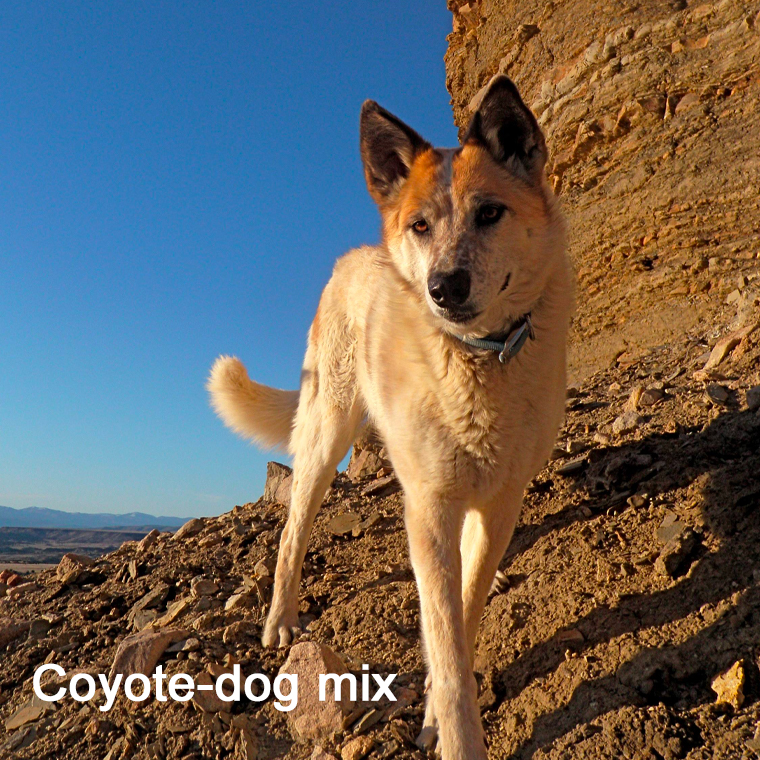
5. Till death do us part.
The urban coyote is a family guy. He falls in love for life – a life that lasts 10 to 12 years – and never cheats. A study conducted by Ohio State University looked at 236 coyotes over six years and found no evidence of polygamy. It is still a mystery, given this hypothesis, how coyotes sometimes mate with dogs – and they do. Perhaps, the bachelors have a good time before hooking up permanently.
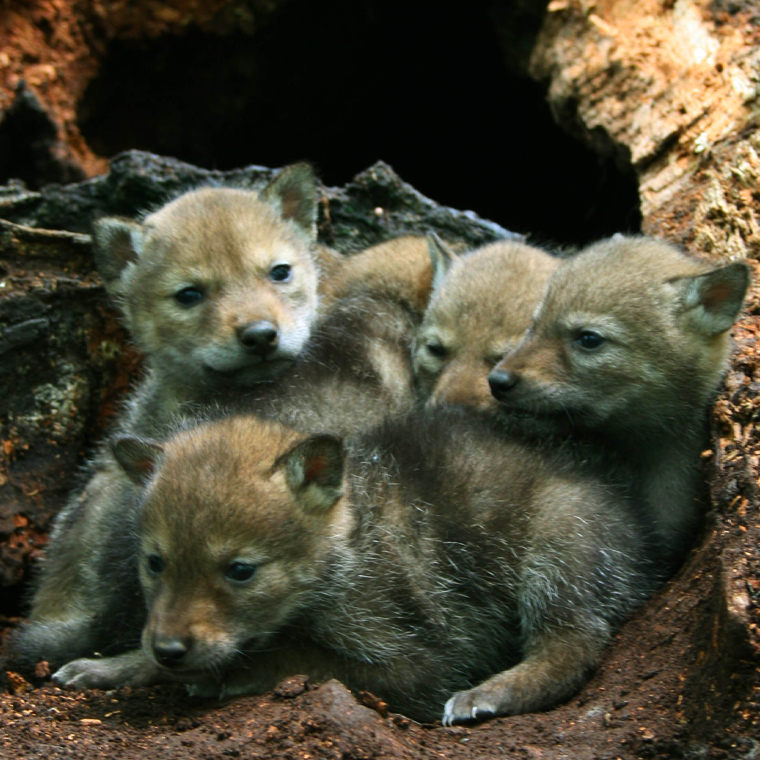
6. Family ties.
Family groups sometimes get back together, the pups visiting the parents from time to time. Often, a coyote pack will consist of an alpha pair – the parents – and three to eight additional family members. The parents in the pack are the only ones that mate and females from previous litters will often help mom bring up the siblings. Females can produce anywhere from three to 12 offspring at a time.
7. The “song dog”.
Coyotes are well known for their lonely-sounding howl, but in fact they have many other vocalizations, among them yips, growls, huffs, woofs, barks, whines, yelps, whoops, yodels and group howls, where they sing together. Whistles and sirens will often set off a coyote howl. Howls can be heard from as far away as one kilometre if there is nothing obstructive in the way. The vocalizations are aided by very eloquent body language.
8. How many coyotes are too many coyotes?
Only the coyotes know for sure. Fact is, they never overpopulate, being very territorial and respectful of each other’s territories, which range from five to 11 square kms in urban areas and up to 30 square km in the wild.
9. Coyote IQ.
Coyotes are among the most intelligent of wild animals. This is one reason they have been able to adapt so well to the spread of humankind. They exhibit all sorts of interesting behaviour to demonstrate this. A northern Ontario resident captured a video of a wild coyote playing with a ball. The coyote would carry the ball up a hill, then watch it roll down, giving the ball a head start, then chasing it. It did this three times on the video. They have been observed tossing snow at a spring-trap until it triggers, then stealing the food from the trap. Apparently, they can hear a hunter approaching from about five km away.
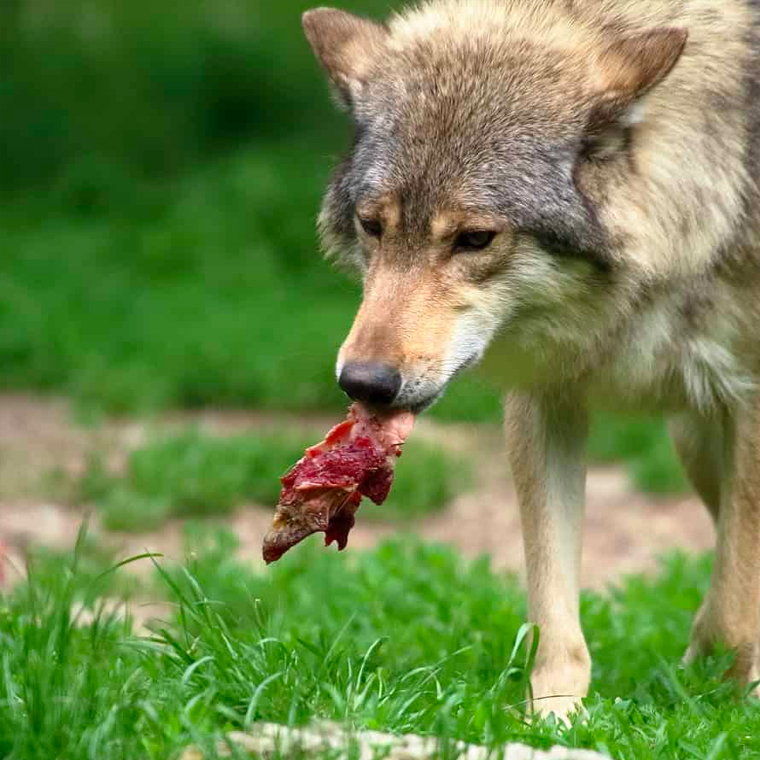
10. Could a coyote eat your baby?
If it was hungry enough, no doubt it could, but coyotes are not particularly interested in people, although they are braver in packs. A study of the scat of a group of urban coyotes turned up the following results: 42 per cent of their diet consisted of small rodents; 23 per cent was fruit; 18 per cent was rabbits, two per cent was human garbage and 1.3 per cent turned out to be cats. They also eat geese eggs. Having one in the neighbourhood is considered proof of a healthy eco system.
~ Dorothy Dobbie Copyright©
Pegasus Publications Inc.
Click here to subscribe to the 10 Neat Things e-newsletter so you never miss it when it comes out every week.
~ Dorothy Dobbie Copyright©
Pegasus Publications Inc.
Click here to subscribe to the 10 Neat Things e-newsletter so you never miss it when it comes out every week.




